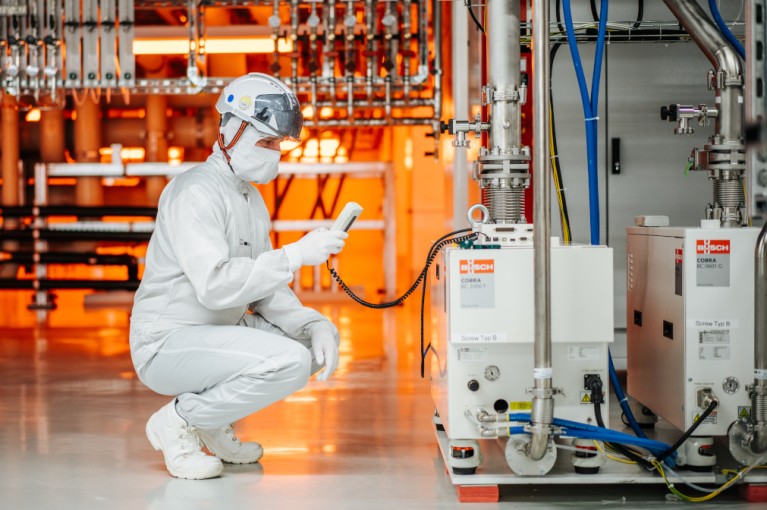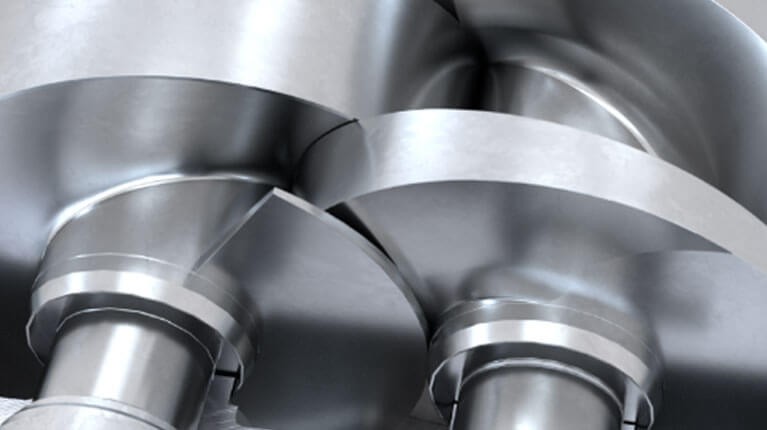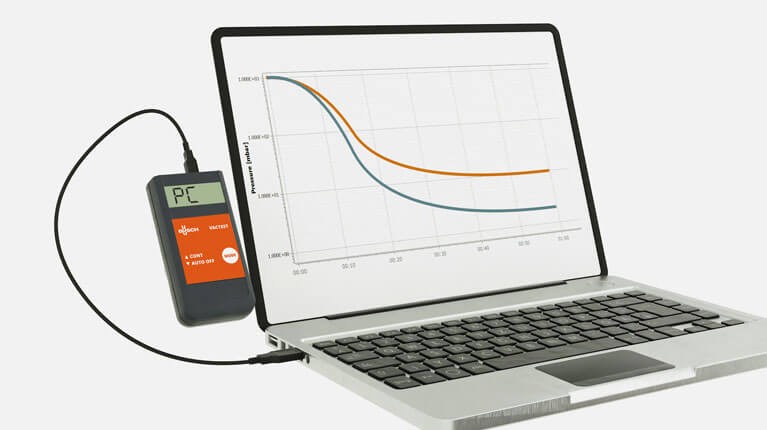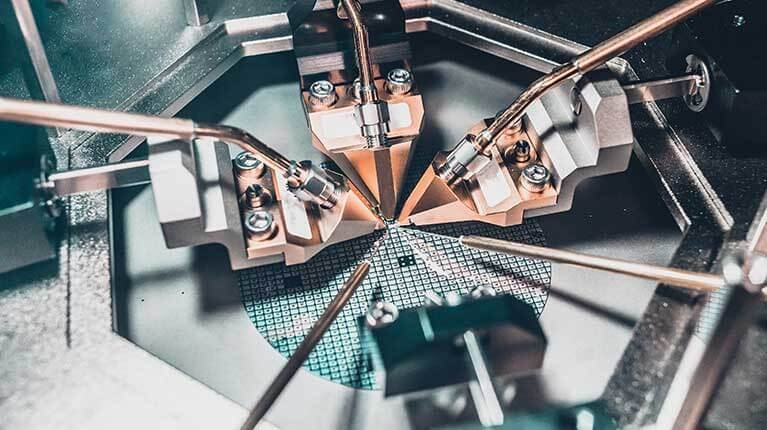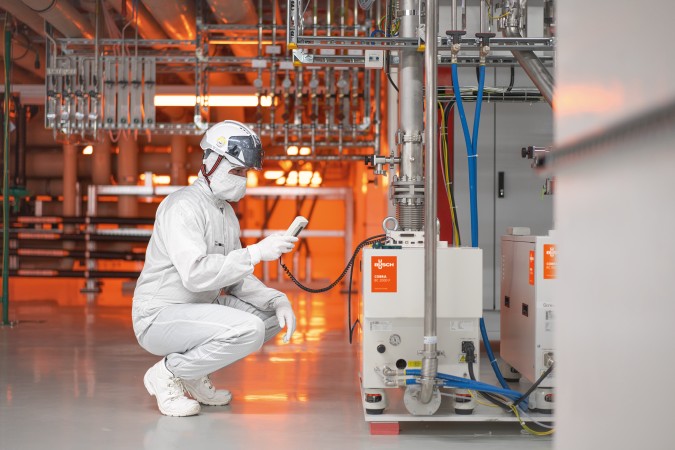ARPQP vs. standard service
Value features | Third party | Original manufacturer | Busch ARPQP |
Vacuum pump repair only | ✓ | ||
True remanufacturing | ✓ | ✓ | |
ISO 9001:2015 certification | ✓ | ✓ | ✓ |
Compliance with IATF 16949:2016 | ✓ | ||
Process engineering | ✓ | ✓ | |
Structured risk analysis of whole process | ✓ | ||
Analysis of vacuum measurement system | ✓ | ||
Statistical analysis of process data | ✓ | ||
Charting of process capability | ✓ | ||
Standard tool calibration | ✓ | ✓ | ✓ |
2D measuring of vacuum pump | ✓ | ✓ | ✓ |
3D measuring of vacuum pump | ✓ | ||
Lean processes | ✓ | ✓ | |
RFID real-time tracking of entire remanufacturing process | ✓ | ||
Push notifications on mobile devices during remanufacturing process | ✓ | ||
Spare parts inventory managed by Busch | ✓ | ||
RFID spare parts inventory control | ✓ | ||
Single-piece flow remanufacturing | ✓ | ||
Real-time balanced flow monitoring | ✓ |
